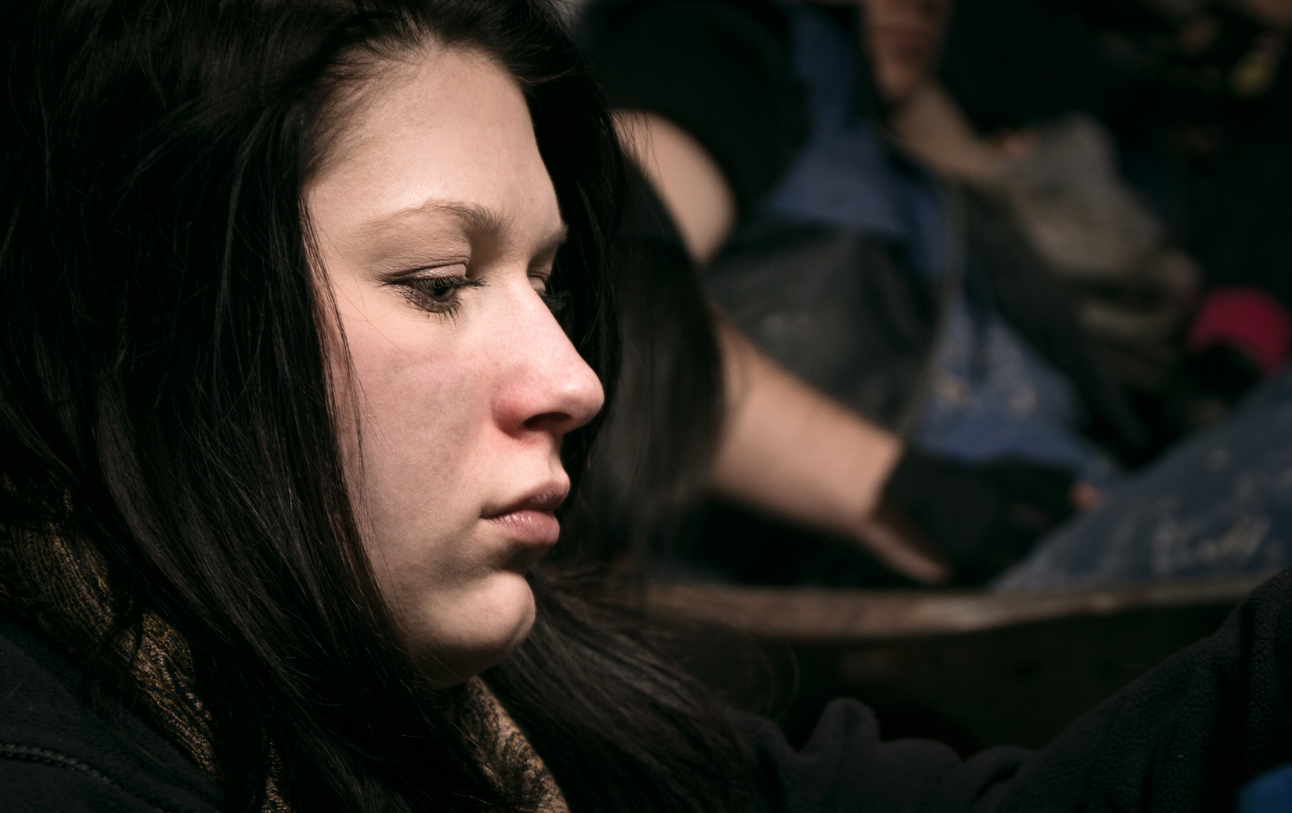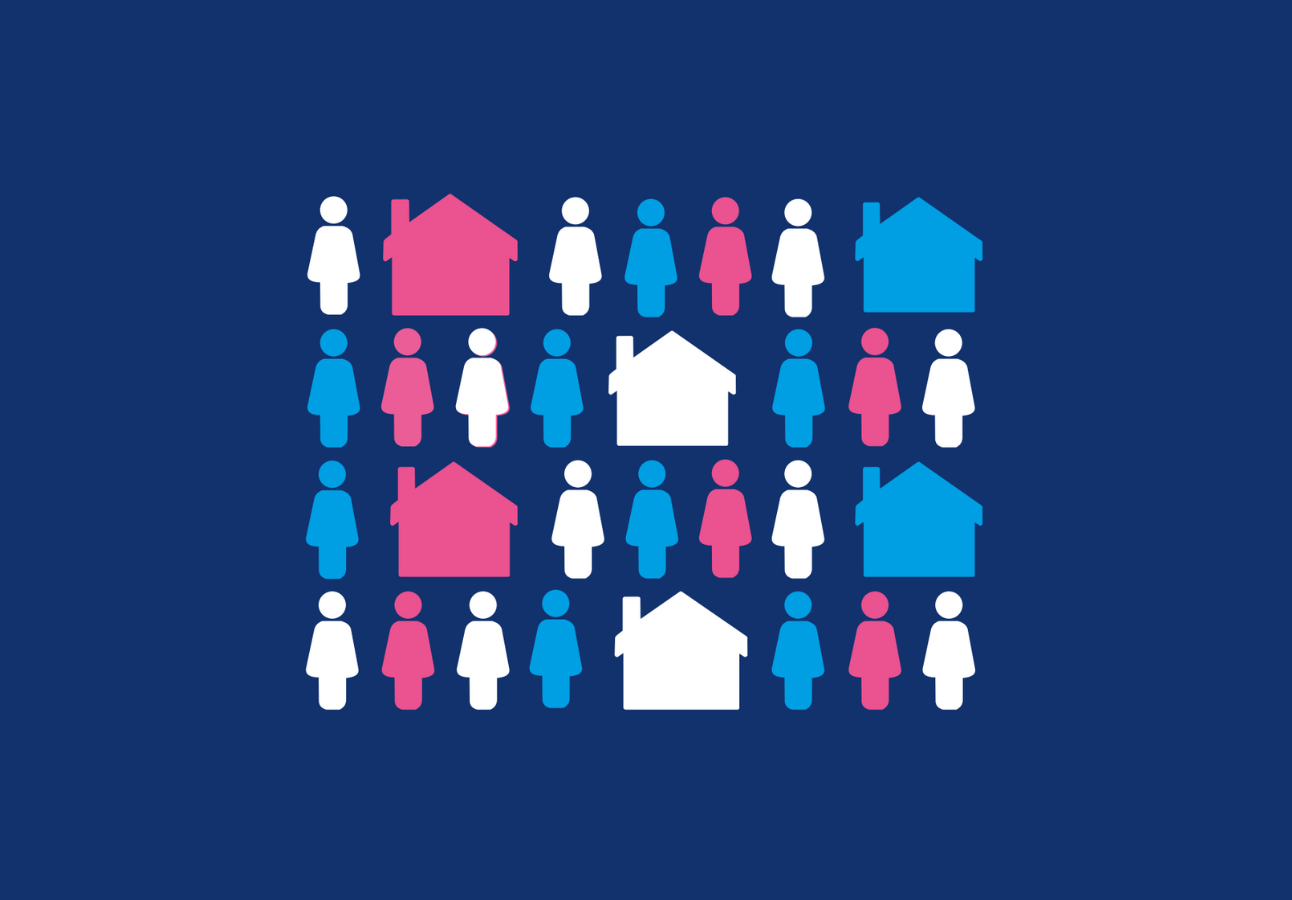
A choice no one should have to face
Too often survivors and their children are expected to uproot themselves in order to escape abuse. SafeLives CEO Suzanne Jacob discusses domestic abuse and homelessness.
A home is more than bricks and mortar. It’s where I should feel most at ease, most myself. The sanctuary to come back to at the end of a long, tiring day. But thousands of adults and children making their way home this afternoon, when they open the front door, are hoping in their hearts that it won’t be ‘one of those nights’ – again. Home is a place of fear and tension. Two million adults had an experience of domestic abuse in England and Wales last year so if this is my home and my experience I’m not alone – but I might well feel it.
Many families are facing an impossible choice. A choice between living in a home of fear and intimidation, and an uncertain future of homelessness – where would I go? Might it be worse than what I’m living through now? It’s a choice no one should have to make. Being expected to flee, into the uncertainty of not knowing where you will be housed from one week to the next, is not acceptable. We have to help survivors and their children to be safe – and safe means suitable, sustainable and long-term housing. We can’t expect adults or children to be able to rebuild their lives when we’re routinely taking them away from their communities and support networks.
The nature of an abusive experience is that it can strip away your identity, isolating you from supportive friends and family. And yet the current system further entrenches this after I leave a dangerous home; it removes me from my local community, my sense of belonging, putting distance between family and friends that are a vital resource to help me rebuild. As one survivor put it to us ‘it’s like leaving part of yourself behind’.
Government data tells us that 10% of all people looking to be re-housed say that domestic abuse is the cause. We believe the real number is far greater. St Mungo’s finds that a third of the women they support are homeless due to domestic abuse.
Our research, published today, also shows that too often it is survivors and their children who are expected to uproot themselves in order to escape the abuse. It shows that those who do become homeless – particularly women – can be vulnerable to further abuse, falling into a cycle of abuse and homelessness that can seem impossible to escape. Perpetrators of abuse are currently more effective at identifying and acting on harmful experiences than those of us with a duty to protect people from them. This cannot continue.
In the best cases, agencies are collaborating to work out how a survivor can stay safely in their own home. They recognise that the presumption that it must be the survivor who packs their bags and leaves, when it is the perpetrator causing the harm, is outdated. A stronger enforcement response from the police, housing, children’s services and others, working closely with specialist domestic abuse services, can focus disruptive action on the perpetrator, making the home safer and holding them to account if they continue to try and harass or threaten the victim. Why should anyone lose their home for something that they did not cause?
These instances, in which agencies think laterally about how to address the behaviour of the perpetrator while supporting the survivor, are still too rare. It is still imperative to leave to be safe in too many cases.
Tonight, the majority of us will sleep somewhere safe and of our choosing. This should be the reality for all of us – everyone has the right to be safe at home.
You may be interested in

Homelessness and domestic abuse: guidance for practitioners

